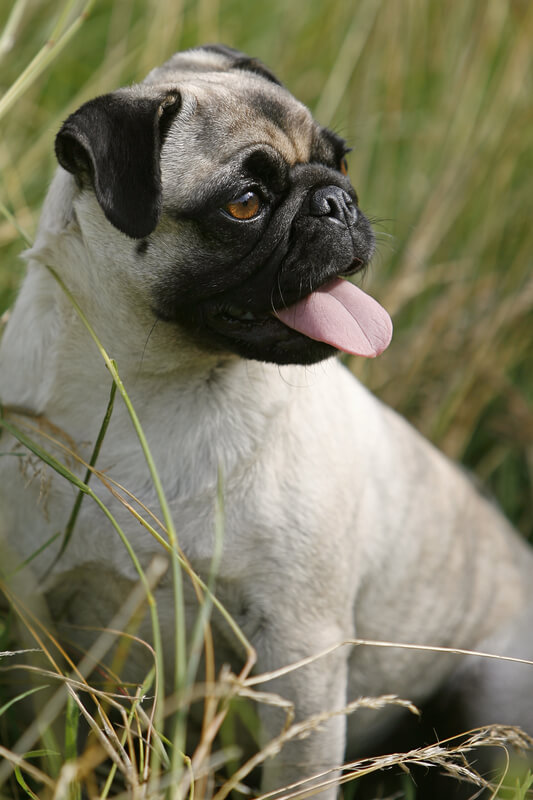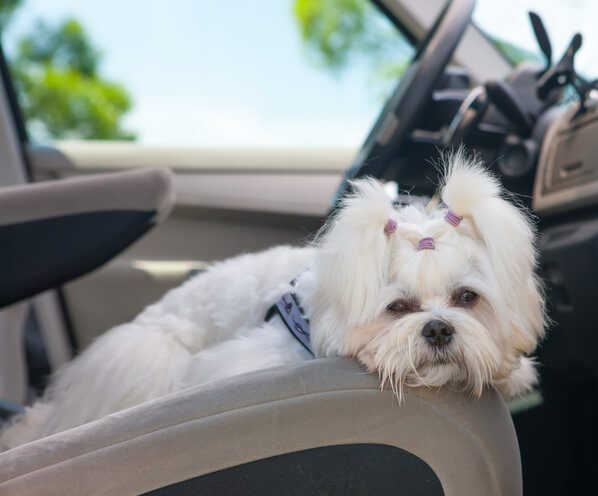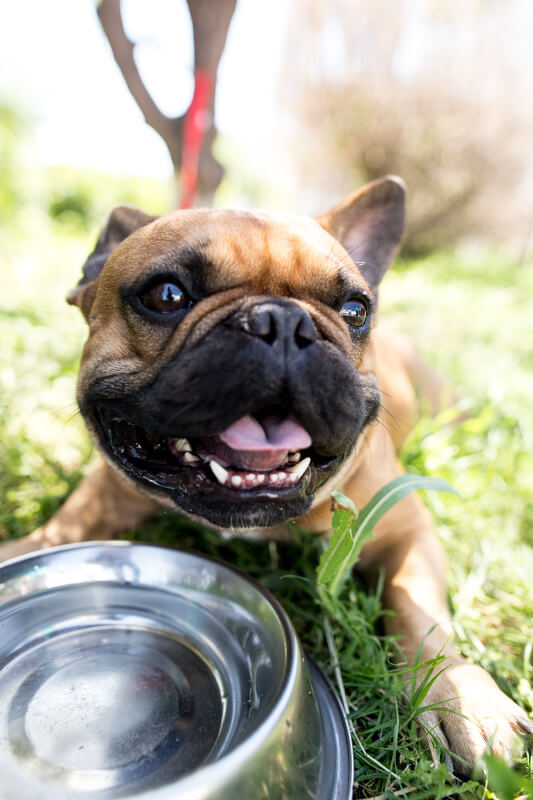The Deadliness of Summer Heatstroke
High temperatures can danger your pets and put them at risk for developing heatstroke, or heat exhaustion. Spring and Summer heat in Southern California is extreme and can take a toll on your pets. Heatstroke progresses quickly, so it’s imperative to act on it as soon as possible and recognize heat exhaustion symptoms.
Heatstroke is also common due to pets being left in a hot car, and these patients rarely make it to our clinic alive. Never leave your dog in a parked car with temperatures over 60º unless running with the air conditioning on. However, you should still be careful as cars can suddenly stop running, and dogs can accidentally lock you out.
The effects of heatstroke on a pet are incredibly devastating, and it is very common for pets not to survive without immediate veterinary intervention.
What is heatstroke?
Also known as heat exhaustion, heatstroke occurs in pets when their body temperature elevates and exceeds its normal range. Both dogs and cats have few sweat glands which makes them more susceptible to experiencing heatstroke. Without as many sweat glands, pets can’t sweat and cool down like humans can. In addition, it’s important to be careful and aware of hot asphalt in the Summer. Concrete will cause burns to your pets’ paw pads, so if it’s too hot for you to walk barefoot, it’s also too hot for your pet.

Owners of Brachycephalic Breeds
beware, the risk of heatstroke is higher in certain pets, like brachycephalic breeds, pets with dark coats, short noses, and preexisting health conditions. In addition, dogs who have heart failure or laryngeal paralysis as underlying conditions are more likely to experience heatstroke.
Brachycephalic breeds include Pugs, English and French Bulldogs, Boston Terriers, Boxers, Shih Tzus, Lhasa Apsos. Dogs with laryngeal paralysis can experience heatstroke at any time in the year but especially in the Summer. Ultimately, longer noses and larger nostrils are more efficient as air conditioners for pets.
***Nearly all dogs we treat for heatstroke are brachycephalic breeds.***
What are heatstroke and heat exhaustion symptoms?
Heatstroke can appear as excessive panting, drooling, restlessness, reddened gums, difficulty breathing, vomiting, diarrhea, weakness, collapsion, and seizures.
Pets with preexisting health conditions face a higher risk of heat exhaustion. Elderly pets, overweight pets, and brachycephalic breeds with short noses are more likely to experience heatstroke. If left untreated, heatstroke can quickly lead to organ failure, resulting in extreme health complications or death.
Avoid shaving your dog in an attempt to keep them cool
You may think about shaving your dog for the Summer to keep them cool, however, it actually has the opposite effect. To clarify, dogs don’t have an appreciable amount of sweat glands. Further, the primary method for dogs and cats to regulate their temperatures is through their nose and by extending their footpads. Therefore, removing their hair is essentially eliminating the insulation they have. Since they lack sweat glands on their skin, they are unable to cool themselves from perspiration.
What should I do if my pet is suffering a heatstroke?
It’s crucial to act quickly to avoid serious complications from developing.
What you can do if your pet is experiencing heat exhaustion:
- Remove your pet from the hot outdoor environment.
- Move them to a shaded, cool area, and place a fan on them.
- If possible, determine rectal temperature and record it. Anything above 104º should be
seen by a veterinarian. - Begin to cool the body by placing tepid water on your pet. Be aware that cool or cold
water can worsen their condition. Please note that this should only be done prior to
your visit to an emergency clinic and is not a substitute for medical care. - Call your local emergency vet to let them know you’re on the way with a possible case of
heatstroke. - Allow access to vents in the car with air conditioning. If air conditioning is not available,
roll down a window enough to allow your pet to have their nose out the window, but not
open enough to jump out.
What not to do if your pet is experiencing heat exhaustion:
- Don’t over-cool your pet.
- Don’t force water into your pet’s mouth, but you may have fresh cool water ready for them to drink if they are alert and interested.
- Don’t leave your pet unattended for any length of time.

What to expect at the veterinary clinic
If deemed necessary by the vet in instances where the body temperature is over 105º, an emergency critical care estimate will be given immediately.
In most cases, an IV catheter is placed and fluids are administered. Additionally, anesthesia is administered with ventilation for up to one hour, and other measures are taken to reduce their temperature as quickly as possible.
Simply bathing a pet in water is usually insufficient. A number of diagnostic tests will be performed to evaluate if the life-threatening condition called DIC (disseminated intravascular coagulation) is occurring. In addition, plasma transfusions may be ordered to treat and prevent this condition from worsening. Hospital stays may be as short as 4 hours, however, most stay 12-24 hours.
A state-of-the-art diagnostic system is used at EPIC Vets, which is more sensitive than typical hospitals’ systems and enables us to give an advanced warning when necessary. This is based on a viscoelastic hemostatic technology and is usually limited to research hospitals.

How can I prevent heatstroke?
The best way to prevent heatstroke from happening is to be aware of the signs, symptoms, and risk factors.
- Never leave your pet in a car unattended or without air conditioning.
- Provide water and shade when outside.
- Don’t leave your pet outside unattended or for long lengths of time.
- Avoid walking your pet during peak hours when the temperatures can be dangerous.
- Keep them inside where it’s cool, be sure to run your air conditioner and fans.
Summer can still be enjoyable for you and your pets, however, your pets will require extra care and attention to avoid overheating.
Prevent, detect, seek treatment
Our critical care veterinarians and clinic staff are equipped to treat conditions like heatstroke. Treatment may include fluid IVs and continuous monitoring to ensure your pet is in good condition. In addition, our doctors will check for complications like blood pressure issues, kidney failure, and other abnormalities.
It’s important to monitor your pets closely on hot, humid days. Heatstroke can be life-threatening and fatal if left untreated. It’s important to act immediately.
If you think your pet may be suffering from heatstroke or you recognize heat exhaustion symptoms, please call our clinic right away to inform us you’re coming in for treatment.



